Search results for: 'Art'
-
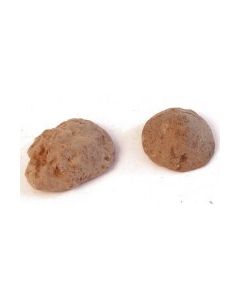 Zwei römische Artefakte aus Blei
Zwei römische Artefakte aus BleiNicht näher bestimmte Artefakte. 1. bis 4. Jh. n.Chr., römische Epoche. Germania Inferior.
Price: on request Diverse römische Artefakte
Diverse römische ArtefakteNicht näher bestimmte Artefakte. 1. bis 4. Jh. n.Chr., römische Epoche. Germania Inferior.
Price: on request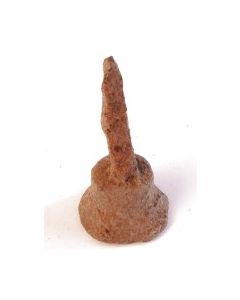 Unbekanntes Objekt aus Gruppe römischer Artefakte
Unbekanntes Objekt aus Gruppe römischer ArtefakteMöglicherweise Teil eines Griffs. Vermutlich ebenfalls römische Epoche, 1. bis 4. Jh. n.Chr., 47mm lang, 23mm Durchmesser. Germania Inferior.
Price: on request Zwei römische Artefakte
Zwei römische ArtefakteNicht näher bestimmte Artefakte, eines davon Pinnadel. 1. bis 4. Jh. n.Chr., römische Epoche. Germania Inferior.
Price: on request Diverse römische Artefakte
Diverse römische ArtefakteNicht näher bestimmte Artefakte, könnten Teil römischer Militärausrüstung sein. 1. bis 4. Jh. n.Chr., römische Epoche. Germania Inferior.
Price: on request Diverse römische Artefakte
Diverse römische ArtefakteNicht näher bestimmte Artefakte, vermutlich Zubehör für römische Militärausrüstung. 1. bis 4. Jh. n.Chr., römische Epoche. Germania Inferior.
Price: on request Diverse römische Bronzeartefakte
Diverse römische BronzeartefakteFingerring und Teile römischer Militärausrüstung. 1. bis 4. Jh. n.Chr., römische Epoche. Germania Inferior.
Price: on request römisches Amulett in Form eines Beilkopfs
römisches Amulett in Form eines BeilkopfsAmulette dieser Art sind bereits aus dem 4. - 2. Jh. v. Chr. bei keltischen Stämmen belegt. In dieser Erhaltung selten.
Price: on request Celtic neck ring
Celtic neck ringOpen ring made of solid bronze. The torc is from Gaul or Central Europe and dates to the 4th or 3rd century BC.
Price: on request Large ancient spindle whorl
Large ancient spindle whorlCeltic to Roman times. Massive clay object, 100mm diameter.
Price: on request Disc brooch from Roman Britain
Disc brooch from Roman BritainNicely enameled brooch with a Romano-Celtic sunburst design. From the 2nd century AD. Published in two stardard works on ancient brooches by Richard Hattatt.
Price: on request Disc brooch from Roman Britain
Disc brooch from Roman BritainBrooch with a Romano-Celtic sunburst design. Circa 2nd century. A find from Roman Britain
€190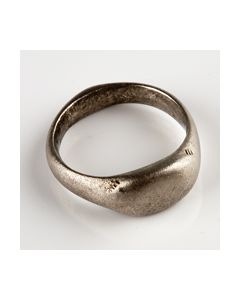 Römischer Ring aus Silber
Römischer Ring aus SilberRömische Kaiserzeit, möglicherweise aus der keltischen Provinz oder Provinznähe. Ringband geht nahtlos in die Ringplatte über. Theoretisch auch heute noch als Amulett oder Fingerring tragbar. Innendurchmesser 17mm bis 18mm.
Price: on request Celtic brooch from Iberia
Celtic brooch from IberiaThe early Celtic brooch dates from the 6th century BC and was found in Spain. This specimen is published in two standard works on ancient brooches.
Price: on request Trumpet brooch with Celtic decorations
Trumpet brooch with Celtic decorationsUnusual and rare variant of high importance, published several times. Beautiful silver inlays on the bow showing tendrils in Celtic style. From the 1st century.
Price: on request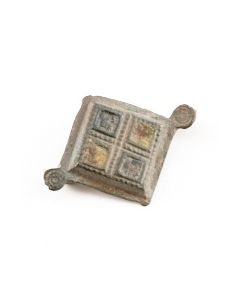 Impressively preserved enameled Roman brooch
Impressively preserved enameled Roman broochIn Britannien und Gallien produzierter Fibeltyp des zweiten Jahrhunderts. Edel patinierte Bronzeoberfläche. Besonders hervorzuheben ist die Emailauflage in selten gutem Erhaltungszustand.
Price: on request Celtic penannular brooch
Celtic penannular broochPossibly made by the Celtic Durotriges tribe under Roman rule in Britain. The piece is published in two books by Richard Hattatt.
Price: on request Dolphin brooch from Roman Britain
Dolphin brooch from Roman BritainThe so-called dolphin brooch is very British. This specimen was probably made by the Celtic Corieltauvi tribe, shortly after the arrival of the Romans in the middle of the 1st century. Published in two works by Richard Hattatt.
Price: on request Gallo-Roman animal fibula
Gallo-Roman animal fibulaZoomorphe Fibel mit Wildtier als Motiv. Schmuckstück mit religiöser Symbolik, vergleichbar einem Kreuzanhänger bei heutigen Christen. Gefertigt im 1. bis 3. Jh. n. Chr. in Gallien.
Price: on request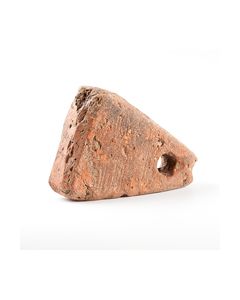 Roman clay loom weight
Roman clay loom weightMassives Gewicht aus Terrakotta mit Öse zur Aufhängung als Webgewicht, aus der römischen Kaiserzeit, Germanische Provinzen, 1. bis 2. Jh. n. Chr.
Price: on request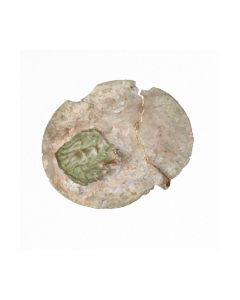 Ancient fibula from the Hattatt collection
Ancient fibula from the Hattatt collectionAncient fibula of the rare adlocutio type. Repoussé work of a scene from a Roman sestertius of Hadrian in celtic style. Find from Dorset in Roman Britain. Published in Hattatts famous book series on ancient fibulae.
Price: on request Großer römischer Teller
Großer römischer TellerBackplatte oder Servierplatte. Imitierte Pompejanisch-rote Keramik aus dem 2. bis 3. Jh. n. Chr. Provinzen Germania. 55cm Durchmesser, 9kg. schwer. Inklusive TL-Gutachten.
Price: on request Roman Celtic seal box
Roman Celtic seal boxLozenge shaped body with lid in Celtic design. A piece from the 1st or 2nd century, found near the Celtic settlement and later Roman town of Lindum. Published in a standard work by Richard Hattatt.
Price: on request

